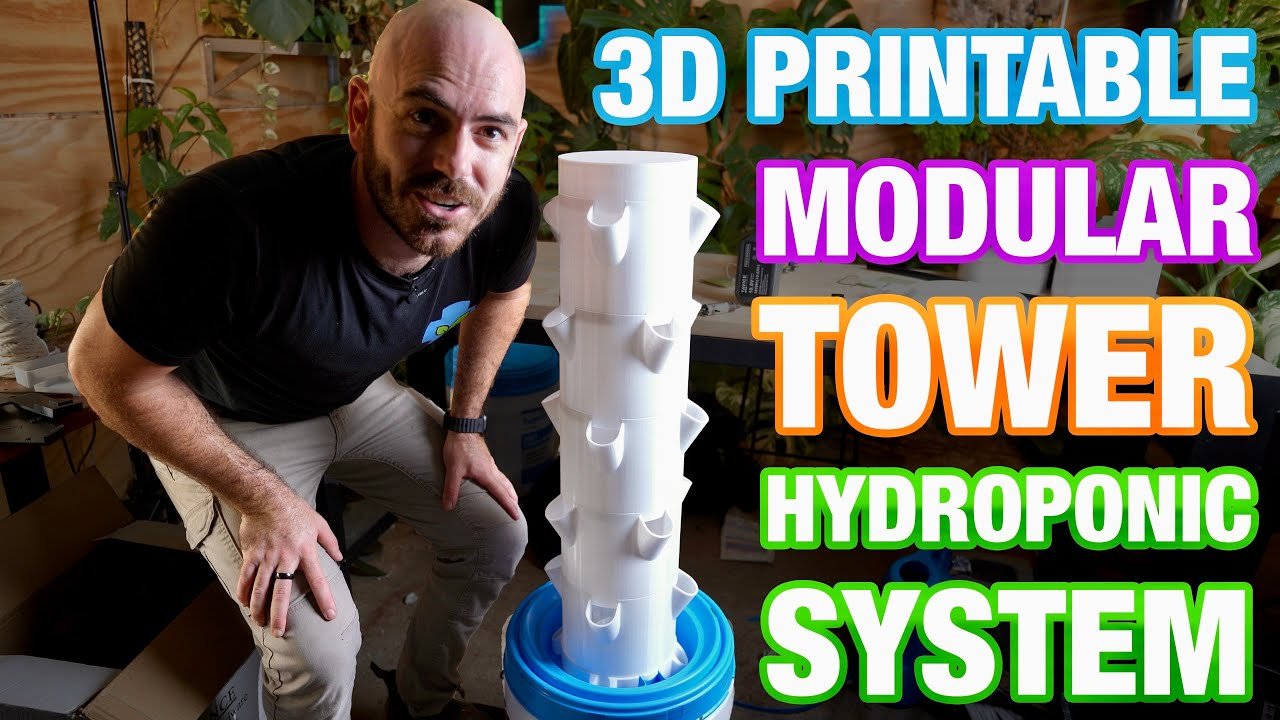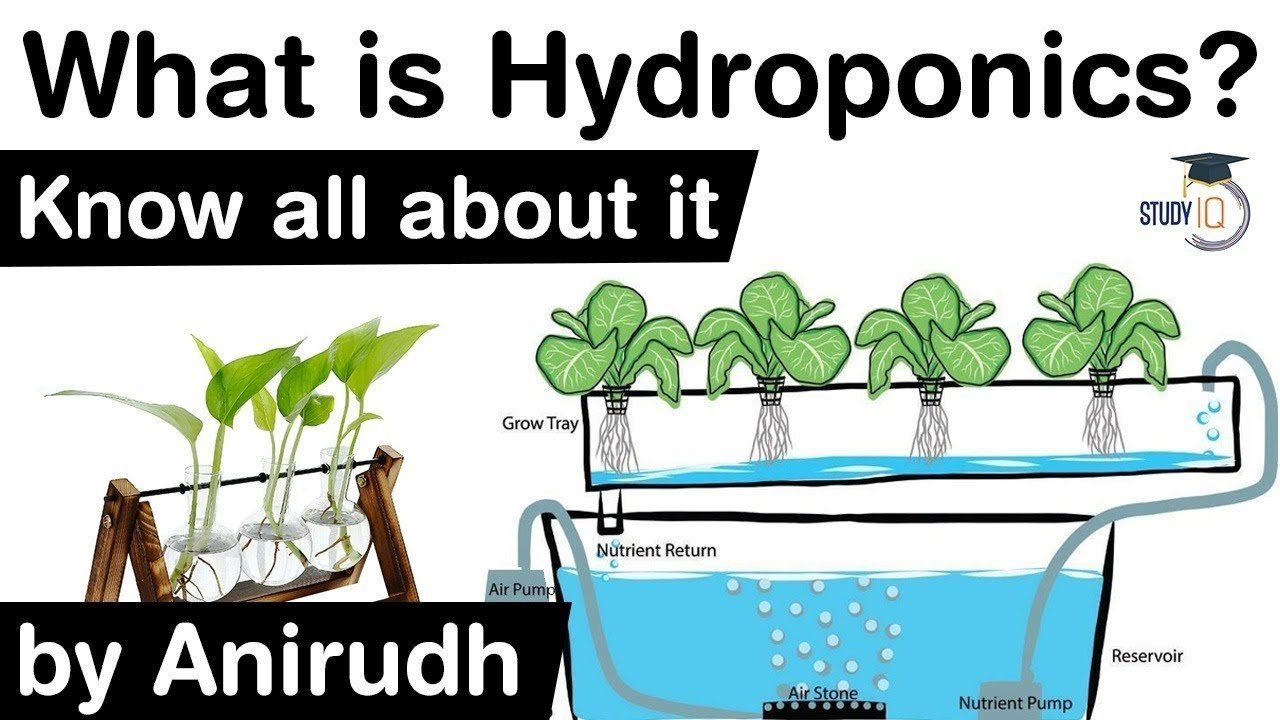Swimming Upstream: My Backyard Aquaponics Adventure
I’ll never forget the summer I decided to jump into the world of aquaponics. Now, if you’d asked me a year earlier what the word "aquaponics" meant, I probably would have just stared blankly at you and pointed to the nearest fish fry joint. But as fate would have it, I found myself deep in the trenches—well, a repurposed kiddie pool in the backyard, anyway—trying to make sense of fish, plants, and nutrient cycles.
The Great Idea
The idea was as bright as the July sun: I wanted to create a self-sustaining ecosystem right outside my back door. I had stumbled onto the concept of aquaponics while browsing the internet one evening, and let me tell you, it sounded just like a miracle. No soil? No problem! Just fish and plants living in harmony. Imagine my toddlers’ faces when I told them we’d have fresh veggies and fish for dinner right from our yard. They were thrilled!
Excited, I raided my garage for supplies. We had an old plastic kiddie pool that had seen better days, and a couple of bins from past crafts that had turned into makeshift storage containers. I dragged them all out, and with a little elbow grease, I managed to set up a hydrant hose water supply to fill the kiddie pool. So far so good.
I waltzed down to the local feed store and purchased a handful of goldfish, thinking they’d be the perfect starter fish. They were inexpensive and low-maintenance, or at least that’s what I told myself as they swam happily in their new temporary home.
But here came the first hiccup.
The Smell of Failure
It’s a hot afternoon, a routine day of watering my elderberry bushes and daydreaming about fresh basil. My kids came running inside, waving their arms wildly. “Mom! The fish tank is almost empty!” I looked out the door, half-expecting a flood; what I saw instead was a shallow pool of murky, smelly water. My heart sank.
I scrambled out there, slipping on the mud and gripping the edge of the kiddie pool like a lifebuoy in a storm. The water was an unsightly green, and it smelled like a swamp. I’d thought I nailed it just the week before, only to find that the pH levels were through the roof, and not in a good way. Honey, let me tell you, I learned the hard way that changing that hydroponic solution isn’t just a suggestion; it’s a must.
A Fishy Situation
Desperate to save my gilled companions, I made a trip to the local hardware store, where I had a long, soul-searching conversation with the grizzled clerk who probably knew more about fish than I did about my own kids. He pointed me to this elegant little pH test kit (which I regretfully had failed to buy in my initial enthusiasm) and gave me a couple of pointers about changing aqua solutions.
Back home, I popped open the test kit, feeling like some mad scientist on a mission. Sure enough, my fish were practically gasping for air in water that could choke a horse. I learned then that I needed to change that hydroponic solution about every two weeks, sometimes even sooner if things got funky.
With changes underway and a newfound regime, I converted old rain barrels into reservoirs for clean water and began adding nutrients. I meticulously documented every step, convinced I was on the verge of perfection. But, as they say, the path to aquaponic glory is riddled with misadventures.
More Than Just a Learning Curve
Then came the plants—oh, the plants! I was filled with ambition and planted basil, lettuce, and some homegrown tomatoes. Each morning, I’d run out to check for sprouting, only to find they looked about as alive as a tree statue. Turns out I didn’t just need clean water, but also light, nutrients, and plenty of attention.
I installed a simple grow light setup—a couple of old shop lights and some fluorescent bulbs I borrowed from my neighbor (who never asked for them back). As the days turned into weeks, I felt as though I was fostering life in the ecosystem of my backyard. I was overjoyed when I spotted that first sprout, a bit of green that seemed almost magical against the backdrop of the struggling goldfish below.
The Real Deal
Eventually, I got the hang of things—or so I thought—until a week later, more fish started turning belly up. I realized the water temp was fluctuating with our erratic spring days, and the fluctuations stressed them out. I replaced the goldfish with tilapia, thinking they’d handle the heat better. (Spoiler alert: they didn’t.)
I wish I could say I nailed it eventually, but honestly, I’ve had my fair share of harvests, failures, and goofy triumphs, too. As I write this, summer is lingering, and my little aquaponics system has found a new rhythm. The plants? Well, they’re still trying to find their way, and every now and then, I have to tweak the water to keep the goldfish and plants in sync.
A Heartfelt Reflection
Looking back, I thought the reward would be fresh fish fillets and homegrown salads. But what it turned out to be was a crash course in patience, problem-solving, and adapting to the whims of nature. If you’re thinking about diving into aquaponics, don’t worry about getting it perfect. Just start. You’ll figure it out as you go.
You’ll face failures, but each lesson will spark a little thrill, much like that first green sprout. The joy is in the journey, and trust me—if little ol’ me in my suburban backyard can do it, so can you!
If you’re looking to get started or want some community support, why not join the next session? I promise it’ll be a mess, but a fun one! Reserve your seat here, and let’s dive into this adventure together!







Leave a Reply